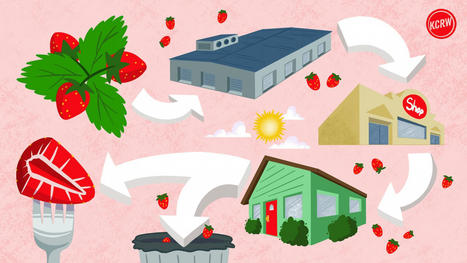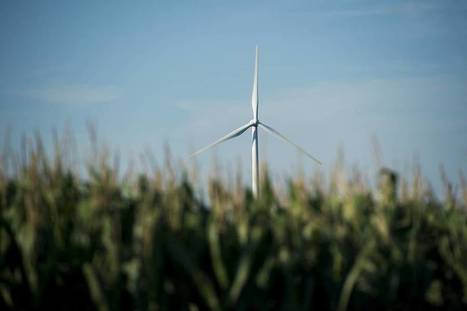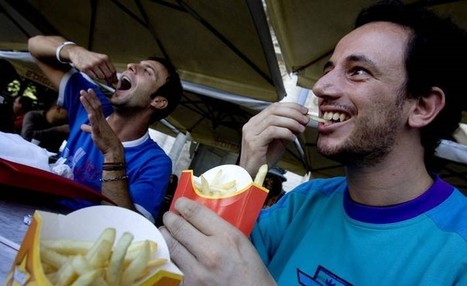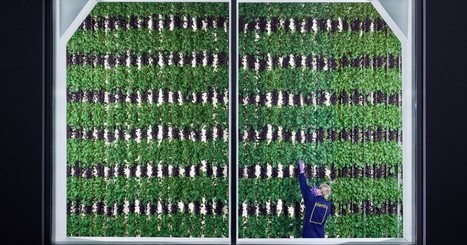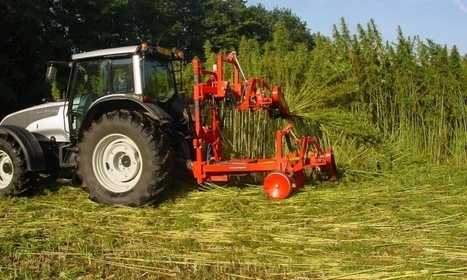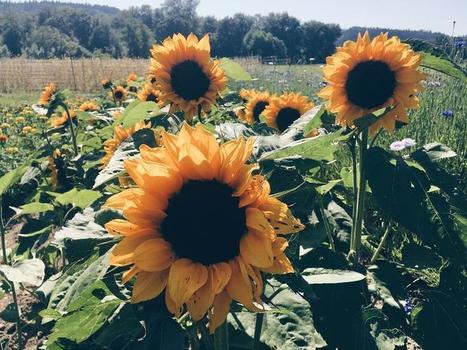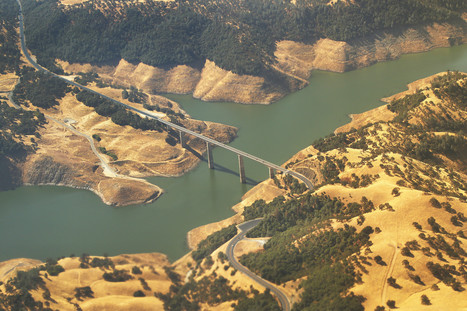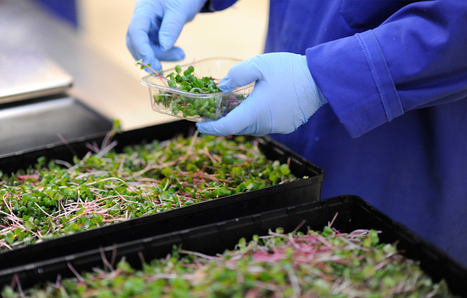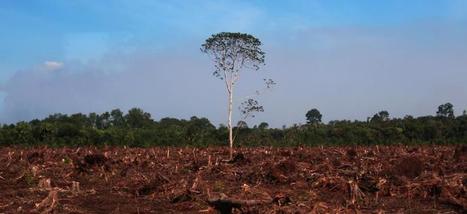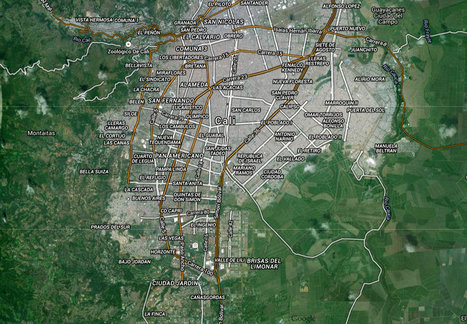With every strawberry that doesn’t get eaten comes the wasted water to grow it, the wasted gas to transport it, the methane it emits while it rots, and crowded landfills.
Get Started for FREE
Sign up with Facebook Sign up with X
I don't have a Facebook or a X account
 Your new post is loading... Your new post is loading...
 Your new post is loading... Your new post is loading...

Colleen Blankenship's curator insight,
February 19, 2018 1:50 PM
Another of Jared Diamond's theories. Agree or disagree? Support your stance!
|
Jordyn Reeves's curator insight,
January 11, 2017 3:44 PM
This relates to our topic by showing that our population is growing rapidly. By the time 2025 there will be more than 11 billion people on the Earth. But we have enough resources to last us.
Evan Margiotta's curator insight,
March 20, 2015 2:42 PM
This is a perfect application of how Von Thunen model still applies today. Von Thunen mapped how crops were distributed around cites. The crops near the city were labor intensive while the crops farther away from the city were labor extensive. Von Thunen's model is often disputed today in a world with such fast transportation, but this study shows that it still applies today. Unit 5 Agriculture
Ellen Van Daele's curator insight,
March 22, 2015 3:34 PM
This research explores the concept of urban agriculture and the water supply needed and used. It came up with surprising results that state that 80% of urban agriculture is in the developing world and 40% of urban agriculture is in or near cities.
The research also covered water supply, stating that most of urban agriculture relies on irrigation. This is especially true in South Asia, and since the water resources are already scarce, the farmers have to compete for water with the government. 
Raychel Johnson's curator insight,
March 22, 2015 7:55 PM
Summary: This article is mostly about how much of our agriculture is grown within 20 miles of a city. It turns out 40% of agriculture is grown in this proximity of a city, and this mostly occurs with irrigated agriculture in South Asia. Most of these urban farms are in the developing world as well.
Insight: This article relates to the von Thunen model because it directly talks about the rings that occur around a city, although it is a skewed version of it. I think this is also a good example of how cities have changed since the developing of the von Thunen model, showing that developed countries are supporting the idea of urban agriculture.
Shane C Cook's curator insight,
May 27, 2015 4:55 AM
Oh how do I hate these waxy beauties. I remember in elementary school they offered these apples and I took a bite and had never tasted something so evil and wrong. Apples are supposed to be fresh, not tasteless and with no nutrients. |




